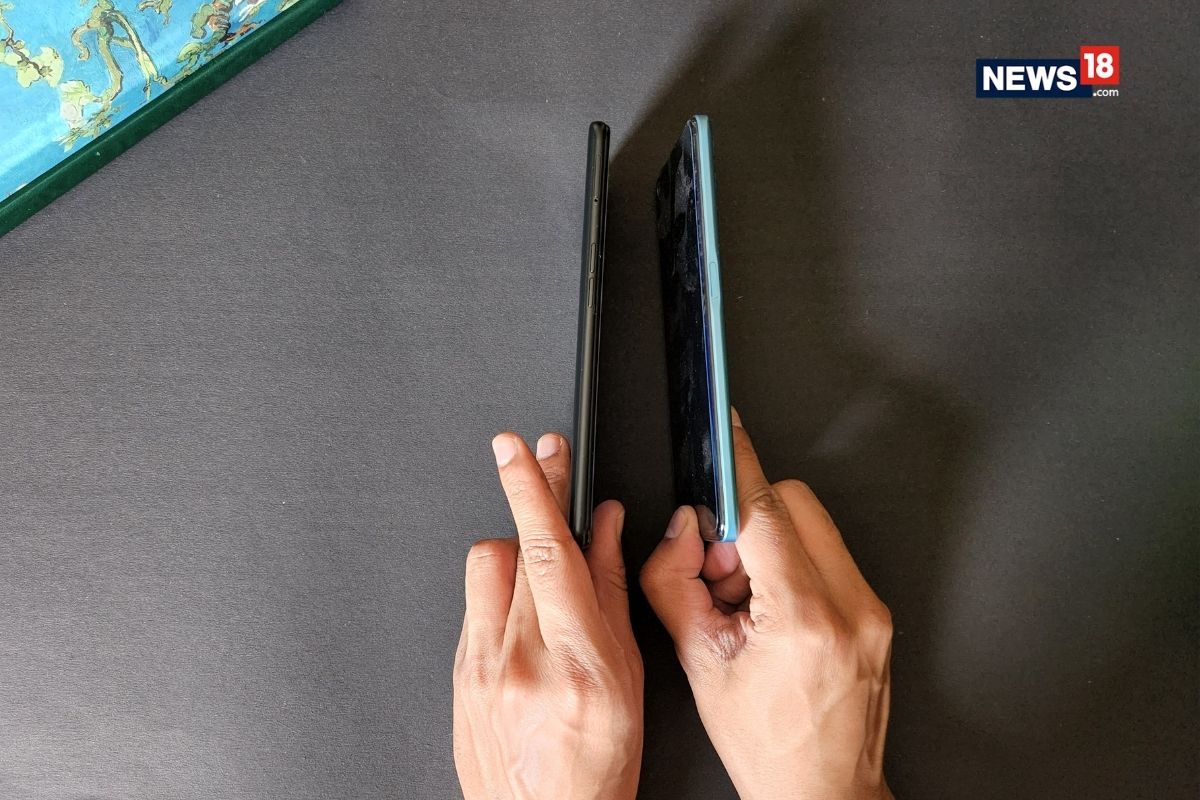
The Oppo K10 sits in India’s most competitive smartphone segment. Priced at Rs 14,990 for the 6GB RAM and Rs 16,990 for the 8GB RAM option, the phone may attract many first-time buyers who are in schools and colleges or those customers planning to upgrade their old budget smartphone. Now, a good thing about the Oppo K10 is that both RAM configurations come with 128GB of storage – a must for smartphones in 2022. Additionally, we get a chunky 5,000mAh battery that supports 33W SuperVOOC fast charging – another impressive addition at this price range.
Like any other entry-level mid-budget smartphone, the Oppo K10 makes some sacrifices to keep the pricing more affordable. It is also the first K-series smartphone that entered the Indian smartphone market in a long time. Without any delays, here are five things you need to know if you’re planning to get this device.
Design: Being the first K-series smartphone in India in a long time, the Oppo K10 is ambitious in terms of design. The rear panel has a dual-texture finish in order to break some monotony. The bottom rear of the Oppo K10 gets a coarse finish, good to avoid fingerprint smudges. On the other hand, the upper half has a glossy finish that does attract some fingerprint marks. Interestingly, when you touch the glossy part, one will notice a coarse texture that even makes a strange sound when you rub your fingers against it.
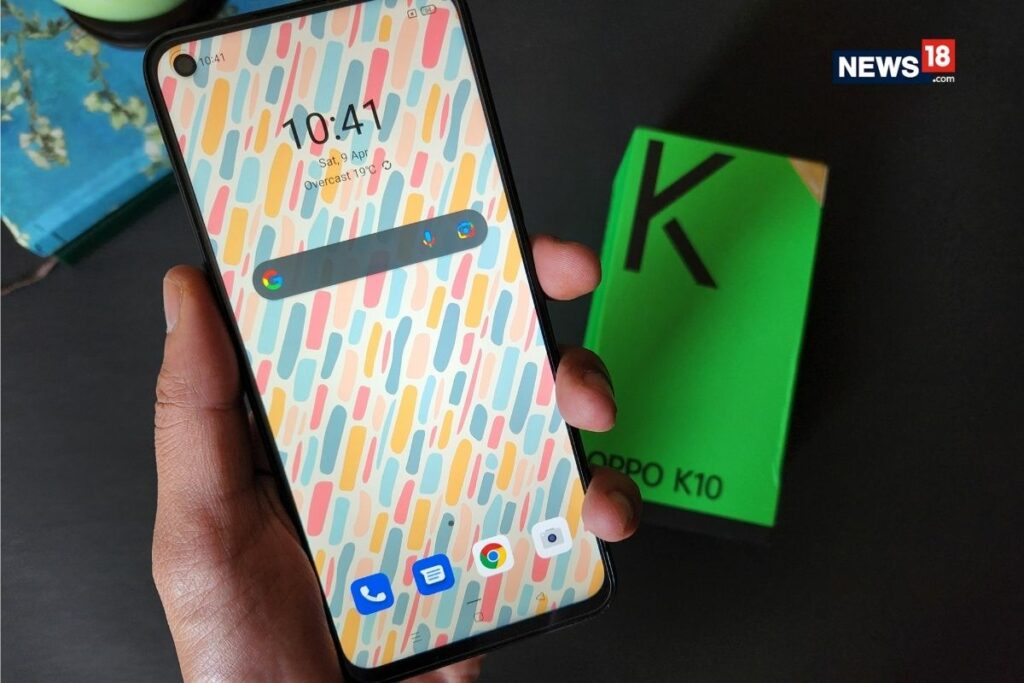
In terms of colour options, we received the black unit, but customers can choose a Blue option as well. The package also includes a silicone case for protection. Other features include a power button with an integrated fingerprint scanner, a 3.5mm audio jack, and a USB-C port for charging. Overall, the phone rests nicely in your palm, without feeling too heavy, and the placement of the power button and volume rockers are also thoughtful single hand usage.
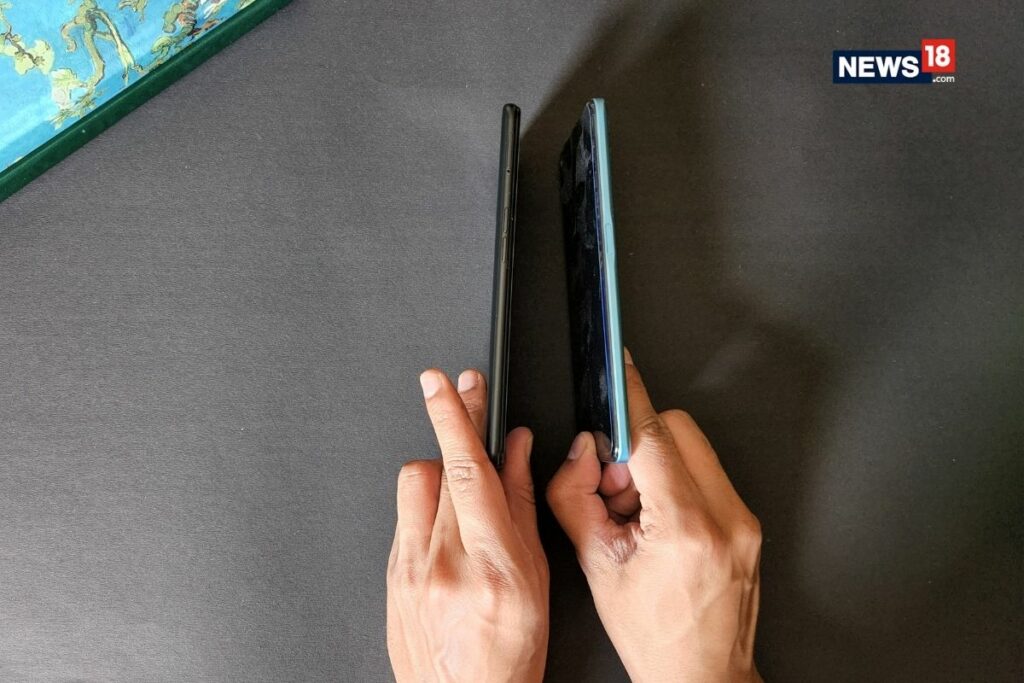
Display: Remember how I began saying affordable smartphones make some sacrifices to cut costs. The Oppo K10 gets a fairly large 6.59-inch Full-HD+ screen, though it is an LCD screen. Therefore, it is not as vibrant and sharp as an AMOLED display that Oppo’s biggest competitor Xiaomi has started using on its ‘Note’ smartphones. It does not mean that the viewing experience is poor, though one will easily spot differences against an AMOLED display.
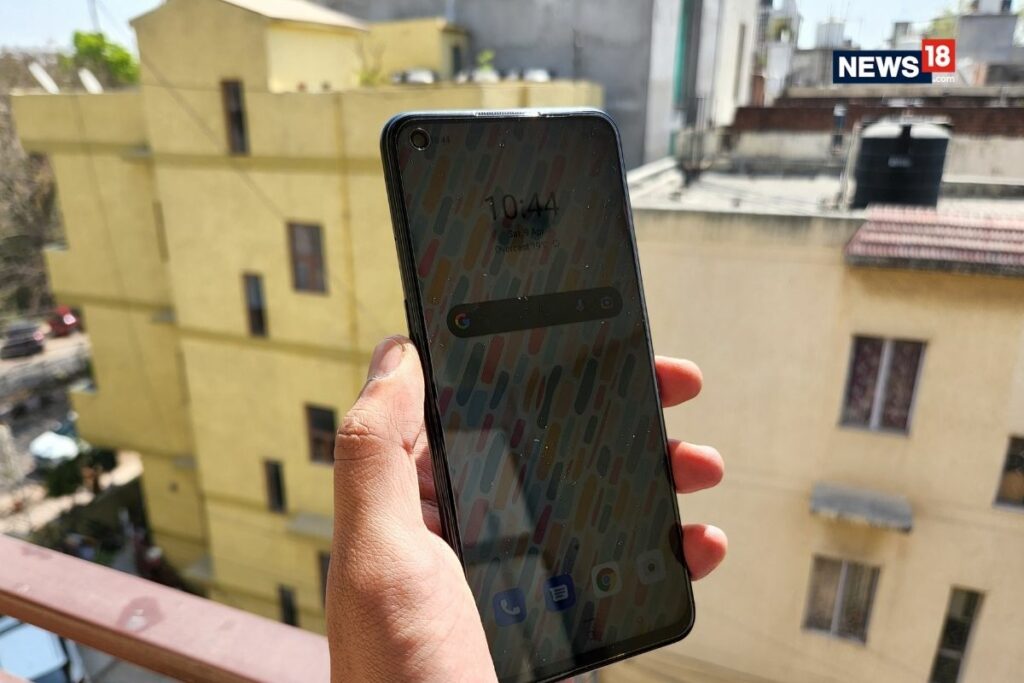
LCD’s brightness under sunlight is average (600 nits) and the refresh rate maxes out at 90Hz when sister-brand Realme is offering up to 120Hz refresh rate on select affordable smartphones. The good part is that the Oppo K10 gets L1 Widevine certification, meaning OTT apps can stream videos in full-HD resolution.
Performance: The Oppo K10 is powered by the Snapdragon 680 chipset that is designed for affordable smartphones. In terms of benchmarks, the phone scored pretty average points, and on paper, it may seem substandard. In the Geekbench CPU benchmark, the phone attained 368 points in the single-core test and 1,001 points in the multiple core test. On the graphics side, the phone scored barely 450 points with 2.70fps in 3D Mark’s 1-minute wildlife test.
But aside from the numbers, the phone was able to run heavy games like Asphalt 9 and Pokemon Unite with minor stutters. Since we are getting an LCD LTPS display, the visuals weren’t immersive. Switching from one app to another was fairly smooth, but the phone does heat up during heavy gaming sessions. For social media and web browsing and running productivity-focused apps, the Oppo K10 won’t disappoint. We also get Android 11-based ColorOS 11 with February 2022 Android security patch out-of-the-box. Budget smartphones typically receive software upgrades very late, and that’s another compromise we need to make. The phone get RAM expansion technology, but our 8GB RAM variant ran smoothly without tweaking this setting.
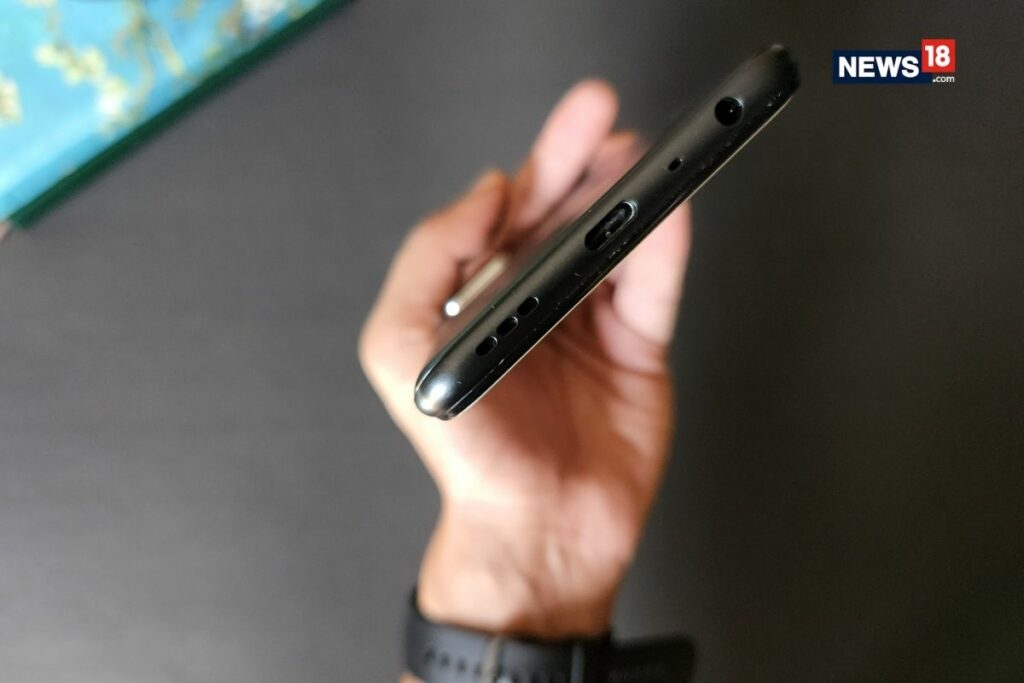
Battery: The battery life on the Oppo K10 is simply awesome, and the phone was easily able to run for the full day. This result was achieved with the adaptive refresh rate and dark mode enabled. I noticed a drop of nearly 5-6 percent battery after playing a 10-minute round of Pokemon Unite, which was expected while playing heavy titles. Coming to charging, the phone took nearly an hour to charge, quite good in this price range.
Camera: The Oppo K10 comes with a 50-megapixel primary camera accompanied by two 2-megapixel cameras for macro photography and depth sensing. That means the phone misses out on the beloved ultra-wide-angle snapper that could be useful in many use cases. Honestly, I’d wished that affordable smartphones include two good sensors instead of two extra average cameras. The 50-megapixel primary camera offers reliable performance and images during daylight are sharp and natural.





